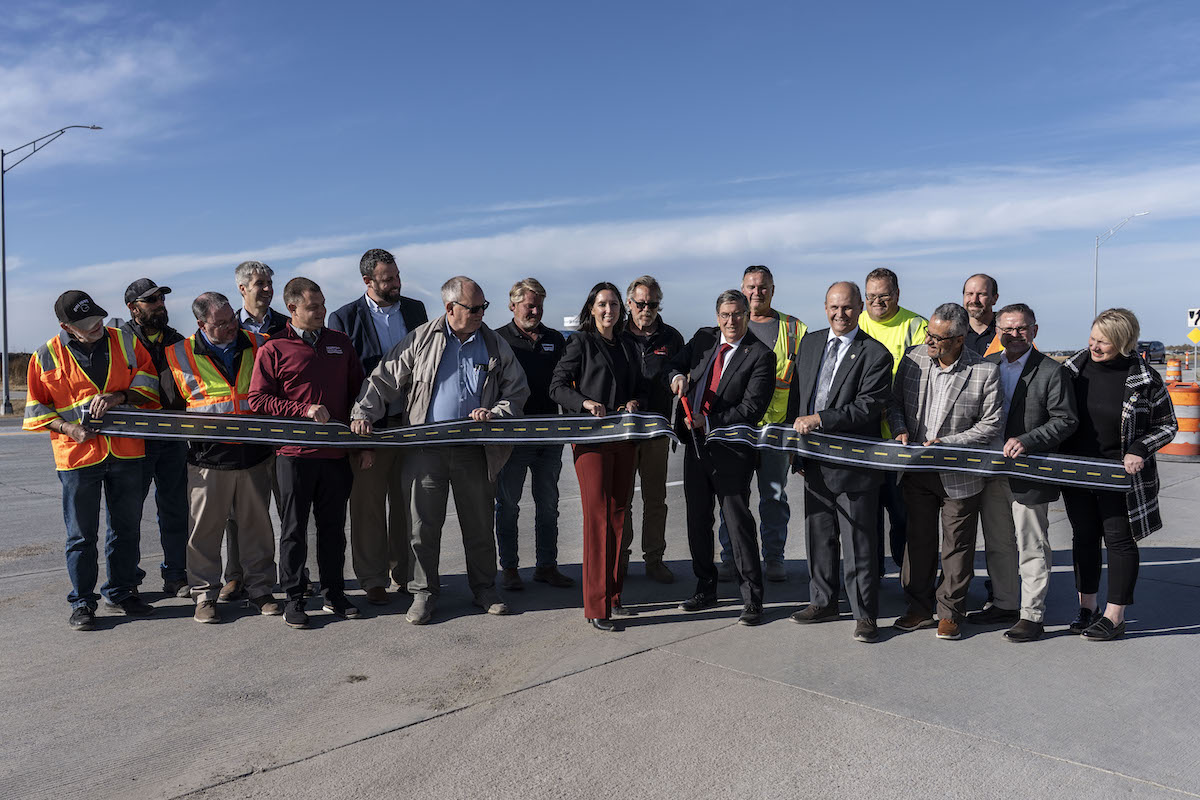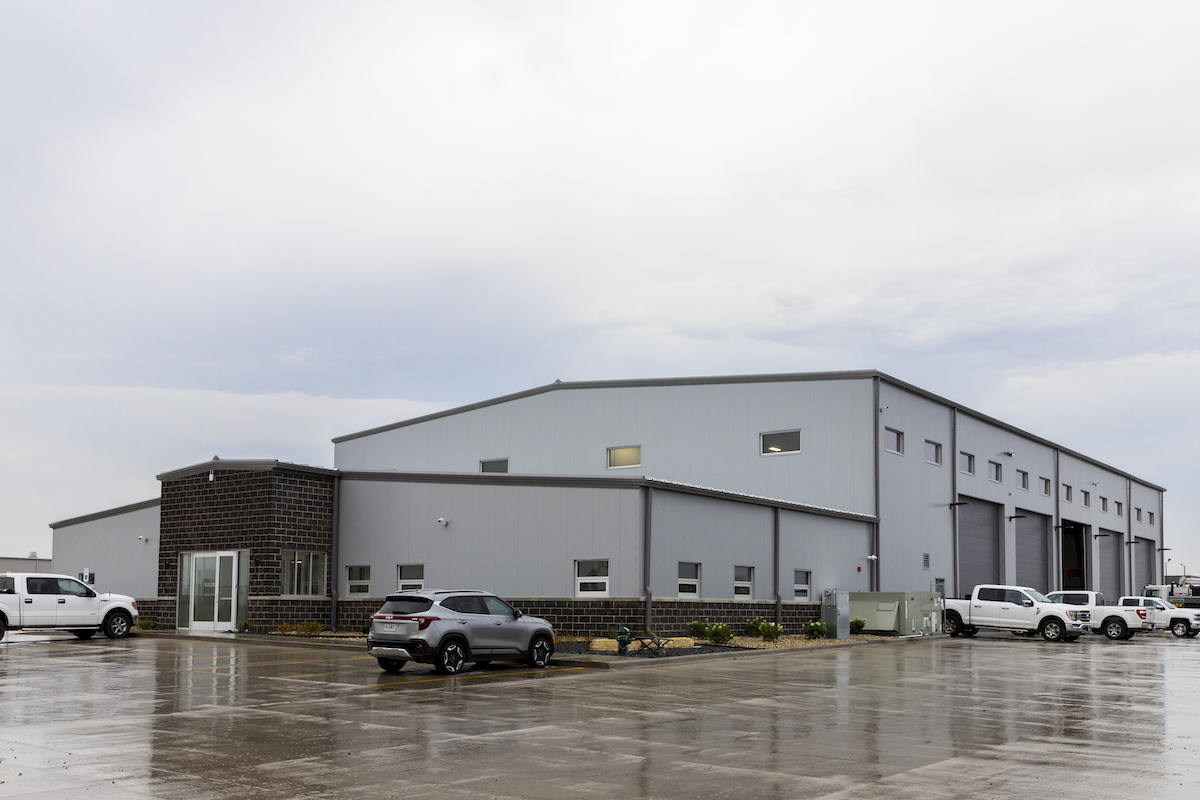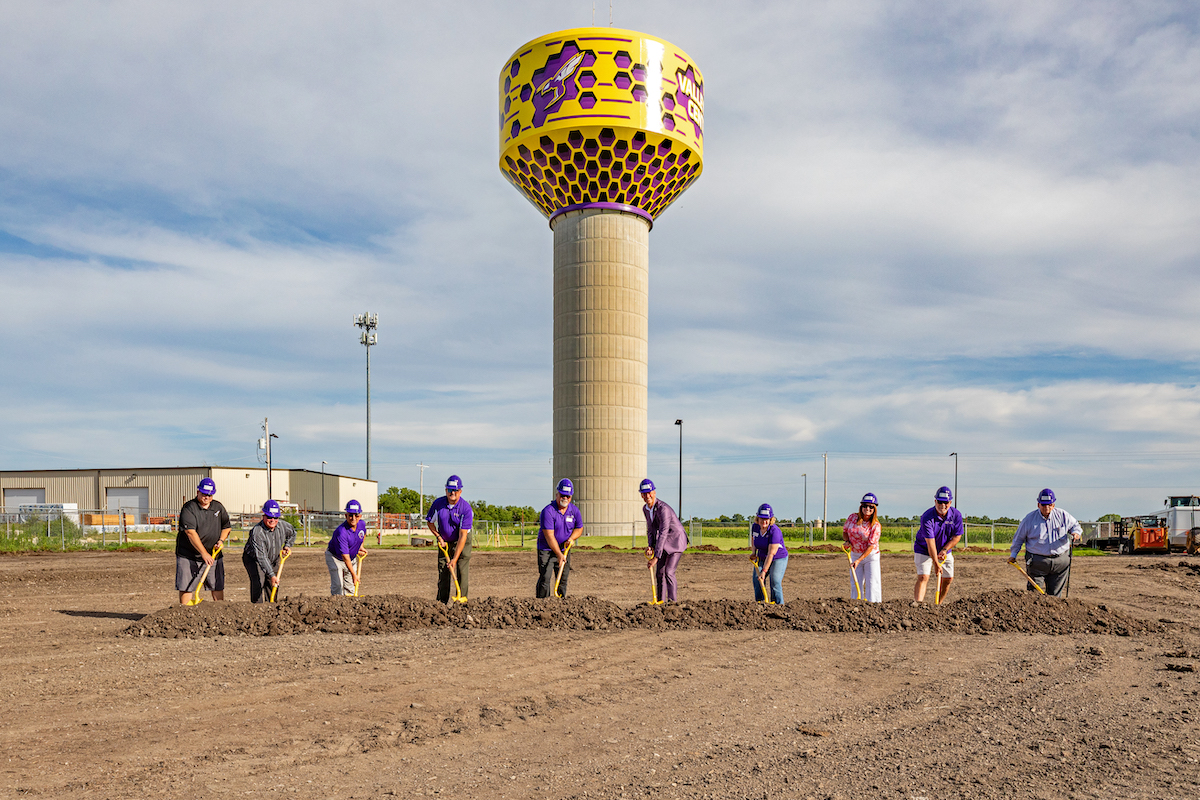With advancements in technology and changing market demands, manufacturers are introducing new features and designs to enhance wheel loader efficiency, productivity, operator comfort, and safety.
The latest wheel loader trends are reshaping the construction industry. These cutting-edge innovations are revolutionizing the way construction projects are executed.
“Window sizes and glass area have increased, giving operators a better view of the material being handled and offering growing visibility of the surroundings,” says Bill Zak, Wheel Loader Product Manager at DEVELON. “We also offer floor-to-ceiling cab windows for optimal side visibility.”
Wheel loader doors are redesigned to improve operator comfort. The doors feature wider openings, making it easier for operators to enter and exit the cabs. Additionally, some models come with a sliding door that saves space and is easier to use.

| Your local Iowa Mold Tooling Co Inc dealer |
|---|
| Star Equipment LTD |
Air suspension seats and heated and cooled seats are being offered to enhance operator comfort, which are particularly useful in extreme weather. The wheel loader climate control system keeps the temperature inside the cab comfortable and consistent throughout the workday.
“Some wheel loader models feature adjustable controls and a joystick with multiple functions, allowing operators to work more ergonomically,” says Zak. “Overall, these loader design updates provide a more comfortable and safer operator experience, increasing productivity and jobsite efficiency.”
“SAT monitors the machine’s activity automatically and adjusts the wheel loader engine’s output to match the hydraulic system and drivetrain’s real-time requirements,” says Zak. “The DEVELON Smart Guidance System analyzes operator driving habits to boost performance and improve efficiency. It offers tips during operation on the Smart Touch display provided in the DEVELON -7 Series wheel loaders.”
Onboard weighing systems allow operators to accurately measure the amount of material loaded into the machine. These systems use load cells and sensors to measure the weight of the material and provide real-time feedback to the operator, allowing them to optimize the loading process.
They provide several benefits to operators and construction companies. They ensure compliance with weight restrictions and prevent overloading, which can result in fines and damage to the machine. Onboard weighing systems also improve efficiency by reducing the trips required to move the necessary material. The operator can load the exact amount of material needed, minimizing waste and maximizing productivity.
“With the Transparent Bucket, visibility is maximized with the advanced technology that allows wheel loader operators to have an unobstructed view through the work of two cameras that use a curved projection method,” says Zak. “These cameras then show the images on the in-cab monitor in real time.”
These features help operators see their surroundings better and avoid accidents.
All-around view monitoring camera systems are becoming increasingly popular in wheel loaders. These systems use cameras mounted on the machine to provide as much as 270 degrees of visibility to the surrounding area, giving the operator better situational awareness.
“The benefits of all-around view monitoring systems are clear,” says Zak. “They allow operators to see potential hazards and obstacles that may not be visible from their seat, reducing the risk of accidents and injuries. They also improve productivity and efficiency by reducing the time required for the operator to look around and check their surroundings manually. Some all-around view monitoring systems include features such as object detection and warning systems, which alert the operator if there are any potential hazards in the machine’s path.”
Autonomous technology is also in the works for many manufacturers, and DEVELON is already testing autonomous wheel loaders that can operate without an operator in the cab. These machines will have the power to navigate through complex environments and perform various tasks, reducing risk to people on dangerous jobsites.
One trend in maintenance is the use of telematics to monitor wheel loaders remotely.
“Telematics systems use sensors and communication technologies to collect and transmit data on machine performance and conditions to a remote location,” says Zak. “This allows fleet managers to monitor the machine’s health and identify potential issues before they become significant problems. The data collected can include engine performance, fuel consumption, machine hours, and other vital parameters.”
Telematics in maintenance enables fleet managers to remotely monitor machines, optimize operation, and reduce maintenance costs through efficient planning. Preventive maintenance scheduling identifies potential issues early on and ensures machines operate at peak performance, minimizing unexpected breakdowns.
In addition to these trends, the industry will move toward self-diagnostic systems to help identify problems and alert the operator to potential issues. These features allow operators and maintenance managers to address concerns quickly and reduce downtime.
Several other wheel loader attachments are available for specific applications, such as rock buckets for handling large rocks and boulders and snowblowers/snow pushers for clearing large amounts of snow in open areas.
The construction industry has been experiencing a significant transformation in machinery and equipment, with wheel loaders playing a vital role in material handling operations at construction sites. With these innovations, the construction industry is set to become even more efficient, productive and safe in the coming years.










































































